Wellbeing Wednesday: Setting Goals
Tips for wellness from our Mental Health In Schools Team

“Setting goals is the first step in turning the invisible into the visible.” — Tony Robbins
Setting Future Goals
Setting goals helps you stay focused, motivated, and positive. They give you something to look forward to and remind you that you’re in charge of your own journey. It’s normal to feel a bit nervous when you think about the future, but looking forward can actually help your mental health. Looking to the future helps to build confidence, can give you direction and encourages optimism. Thinking about what’s ahead reminds you that good things can still happen — even when times feel tough.
Our Top Tips For Setting Goals:
- Start Small
Big dreams start with small steps. Pick one thing you’d like to improve—like sleeping better or
spending more time outdoors. - Make It Realistic
Choose goals that feel possible, not perfect. For example, “I’ll talk to a friend once a week” is
easier than “I’ll never feel lonely again.” - Be Kind to Yourself
Progress takes time! Celebrate small wins and don’t be hard on yourself if things don’t go
perfectly. - Write It Down
Keep a journal or use your phone to track how you’re doing. Seeing your progress boosts
confidence! - Ask for Support
You don’t have to do it alone. Talk to someone you trust — a friend, teacher or family
member— about your goals. - Balance Is Key
Make time for fun, rest, and creativity. Mental health goals should make life feel better, not
busier.
Please contact [email protected] for information and advice about mental health and well-being for your child and your family.
Friday Library Recommendations: Christmas
It’s my last #FridayLibraryRecommendations of 2025, so I had to share some of my favourite Christmas books.
For our youngest readers, I’ve chosen The Street Where Santa Lives by Harriet Howe, illustrated by Julia Christians, which celebrates community spirit, empathy and the joy of helping others.

This charming festive story introduces young readers to a thoughtful little girl who is the only one to notice when an elderly man moves in next door. With his snowy white beard, rounded tummy and talent for fixing broken toys in his workshop, she becomes convinced that he must be Santa Claus hiding in plain sight.
When the could-be-Santa neighbour becomes unwell, the little girl takes action. With determination and kindness, she gathers the whole street to help care for him, reminding everyone how important it is to look out for those who may be lonely or needing support, especially older members of the community. Her plan brings neighbours together in a wonderfully warm and hopeful way. The big question, of course, is whether their combined efforts will help him recover in time for Christmas Eve.
Harriet Howe’s writing is gentle, humorous and full of heart, making this an ideal shared read during the festive season. Julia Christians’ cosy illustrations add to the magic, filling the pages with warmth, character and seasonal charm.
My next pick is The Christmas Wish-Tastrophe by Cariad Lloyd, illustrated by Ma Pe, a delightful festive tale. It has recently be released in paperback with the new title, Lydia Marmalade and the Christmas Wish.
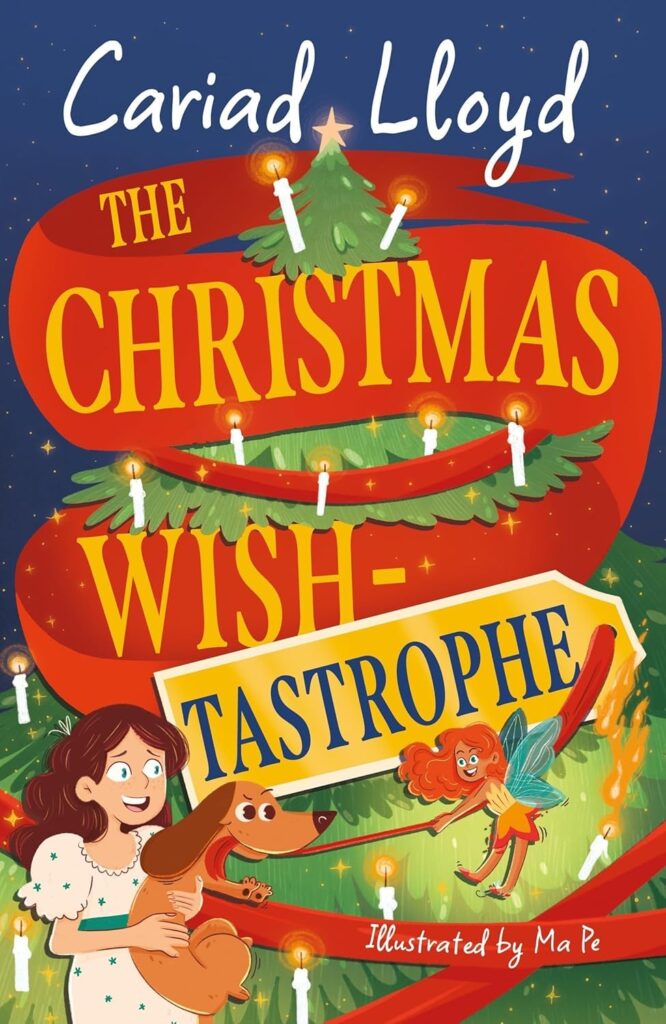
Lydia Marmalade, a brave and big-hearted girl who arrives at Lady Partridge’s grand mansion with nothing but her trusty sausage dog, Colin. Recently bereaved and longing for a place to call home, Lydia hopes this winter will bring her a fresh start. Unfortunately, Lady Partridge has other ideas, making it clear that Lydia must be perfectly behaved throughout the season or risk being sent away altogether.
What unfolds is a wonderfully warm and witty adventure, filled with mischief, magic and mayhem. Lydia soon encounters a playful winter sprite whose well-meant help often causes more trouble than expected. Add in a grumpy butler, a perpetually peckish Colin, and the most magical night of the year, and Lydia’s simple wish quickly becomes the spark for a full-blown wish-tastrophe.
Despite the chaos, at the heart of this story lies Lydia’s determination, kindness and hope. Children will enjoy the lively characters and snowy escapades, while adults will appreciate the gentle messages about belonging, resilience and finding light in difficult times.
And finally, for our oldest readers, it wouldn’t be Christmas without a who-dun-it from Fleur Hitcock, and Murder At Christmas is a gripping festive mystery.

It follows Grace, who returns home to Bath after a long and rather miserable school term, eager to spend Christmas with her mum and younger brother, Billy. Her excitement, however, doesn’t last long. A shocking murder at their hotel disrupts the holiday, and matters become even more unsettling when Grace’s mum suddenly disappears.
Left frightened and unsure whom to trust, Grace is determined to uncover the truth. With Billy beside her, she teams up with two new friends, Olive and Doug. Clever, quick-thinking and brave, the trio help Grace piece together the puzzling events of the night her mum vanished. As the children follow clues around the festive city, they begin to realise that nothing – and no one – at the hotel is quite what they seem.
The story is packed with twists, tension and clever detective work, all set against a wintry backdrop that keeps the pages turning. Despite the darker themes, the book remains accessible, focusing on friendship, bravery and the importance of working together when things feel overwhelming.
Happy reading!

Wellbeing Wednesday: Sleep
Tips for wellness from our Mental Health In Schools Team

“Sleep is the golden chain that ties health and our bodies together.” – Thomas Dekker
Sleep
Our bodies need sleep and rest to help us function every day. When we are sleeping, it gives our brain and body time to repair and regenerate, re-energise and improve our motivation. We also need sleep to be able to process information, problem solve, learn new things and concentrate (you might notice you find it particularly difficult to focus at school after a bad night’s sleep!) Sleep also benefits our mental wellbeing, by helping us to regulate our emotions and mood.
It is important to find time for our brain to completely ‘switch off’ and rest, to take some time out of our busy day to stop, take a break and do something that promotes our wellbeing!
Our tips for improving sleep:
- Maintain a regular sleep schedule – this includes going to bed around the same time every night, as well as waking up at a similar time every morning (even on weekends!) Sleeping in later than normal can disrupt the body’s circadian rhythm, which can lead to more tiredness.
- Create a calming environment – dim the lights an hour before bed. Keep the room dark, if possible, try using an eye mask or black out blinds. A cool bedroom and slight drop in body temperature can help us to go to sleep.
- Reduce electronics – using electrical devices before bedtime is one of the main reasons we have sleep difficulties. The light exposure on the screens can trick our brain into thinking it is still daytime, which stops our body from being able to wind down and feel tired! Turn devices on night mode or leave outside your bedroom to limit temptation.
- Minimise daytime naps – napping during the day can make it harder to fall asleep at night, they also break up sleep (which means lower quality sleep and fewer benefits).
- Complete homework after school – getting stuck into homework tasks before bed can delay tiredness, as our brains are busy trying to concentrate! Try to do activities that relax you before bed, to help you switch off from schoolwork.
- Spend time relaxing – you may want to have a shower or run a warm bath, listen to calming music, read a book, journal or keep a diary from the day, stretch, meditate, or spend time with a pet.
- Follow this link for more helpful information and sleep tips!
Please contact [email protected] for information and advice about mental health and well-being for your child and your family.
Friday Library Recommendations: Hope
This Sunday is Day of Hope, which is a beautiful theme for #FridayLibraryRecommendations. This week’s books will make you feel a whole range of emotions, but ultimately leave you feeling hopeful…
My first choice is Hope Is The Thing With Feathers by Emily Dickinson, illustrated by Tim Hopgood, which introduces poetry in a way that feels warm, accessible and visually engaging.
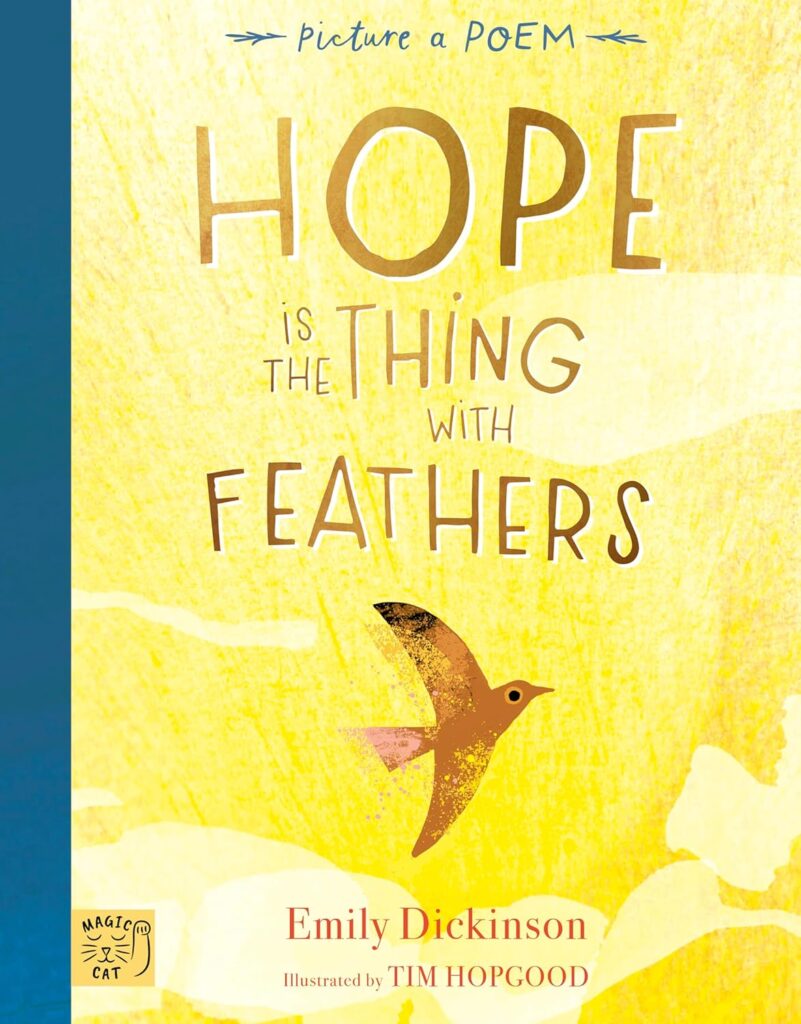
The book follows a small, determined bird as it travels around the world, quietly bringing hope to people wherever it goes. Its soothing song continues through calm moments and stormy weather alike, symbolising the steady, comforting presence of hope in our lives. Even when faced with challenges, the little bird never falters — a message that is both reassuring and inspiring for young readers.
Tim Hopgood’s illustrations are vibrant, expressive and perfectly matched to the tone of Emily Dickinson’s famous words. Each spread invites children to follow the bird’s journey and notice the emotions, colours and landscapes that accompany it. The artwork helps convey the meaning of the poem without overwhelming or simplifying it, making this an ideal introduction to poetry for children aged four and up.
The book includes the full poem at the end, along with a short biography of Emily Dickinson, offering a thoughtful way to extend learning. A hopeful, beautifully crafted read that encourages resilience and optimism through a gentle and uplifting reading experience.
Next, I have picked Arkspire by Jamie Littler, a fantasy adventure set in Arkspire, a bustling city where magic shapes everyday life. The city is ruled and protected by the five Arcanists – powerful magicians whose word is law. Living far below their grand towers is Juniper Bell, a quick-witted young thief who will do anything to support her family, including her endlessly irritating but well-meaning sister, Elodie.
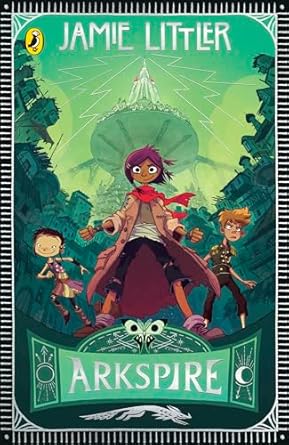
Juni’s world is turned upside down when a stolen relic, which she insists has nothing to do with her, suddenly explodes and reveals a mysterious creature called Cinder. The pair appear to “bond” instantly, a phenomenon the Arcanists claim only happens with creatures that are supposedly dangerous. It isn’t long before these powerful magicians set their sights on Juni, convinced she poses a threat.
What follows is a gripping journey through hidden corners of Arkspire and far beyond. Juni and Cinder are thrust into a world of secrets, magical politics and ancient power struggles, forcing Juni to question everything she thought she knew. With danger closing in, the unlikely duo must rely on courage, loyalty and quick thinking as they uncover the truth. Juni’s hopeful nature shows in her determination, even when it looks like all hope is lost.
Featuring striking illustrations and rich world-building, this is a thrilling read for fans of fantasy and adventure
My final choice is The Last House In The Row by Lesley Parr, a gentle and thoughtful story which explores kindness, understanding and the value of giving others a chance.
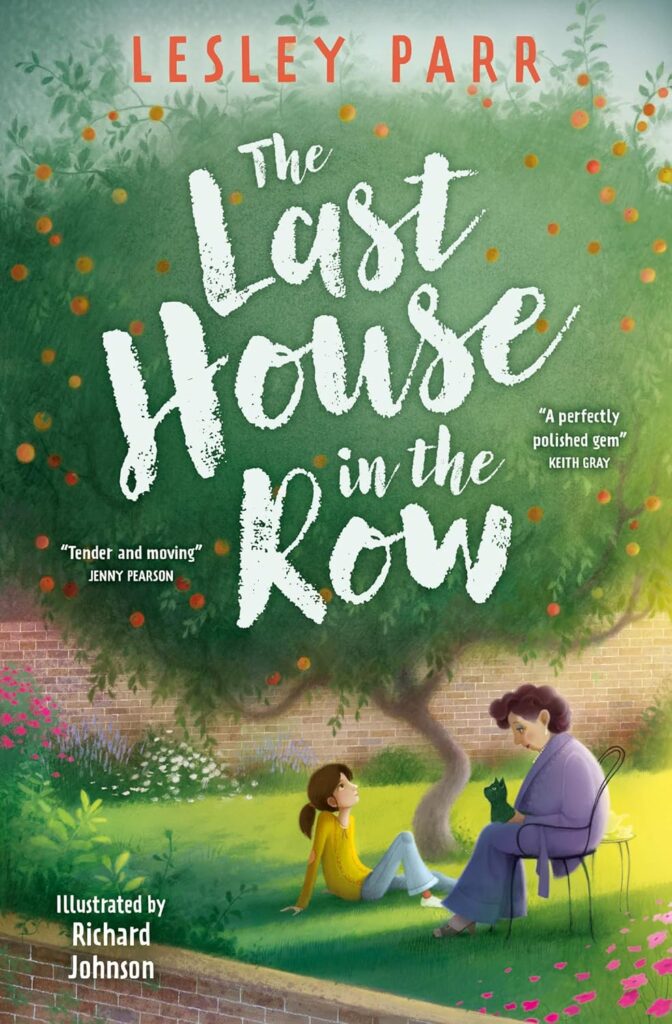
It follows Hayley, a young girl who is growing increasingly frustrated that her beloved cat keeps disappearing into the garden of Lillian — an elderly woman who lives alone at the very end of the row. Hayley secretly calls her “Boo”, convinced she’s odd and unapproachable, especially as Lillian hasn’t left her house in years.
However, an unexpected act of kindness soon brings the two together, and Hayley begins to realise that there is much more to Lillian than she first assumed. As their friendship grows, Hayley learns the painful truth behind Lillian’s reluctance to step outside and discovers the loneliness that has shaped her neighbour’s life.
When a misunderstanding threatens to break their fragile new bond, Hayley must find the courage and empathy to put things right. Her determination to support Lillian, and to help her reconnect with the world beyond her doorstep, forms the heart of this tender, uplifting tale. Hayley and Lillian both have far kinder and more hopeful outlooks for each other than they do for themselves, something that many readers will be able to resonate with.
Beautifully written with warmth and compassion, this book encourages young readers to look beyond first impressions and consider what others may be going through. A moving story perfect for sparking conversations about empathy, community and friendship.
Happy reading!
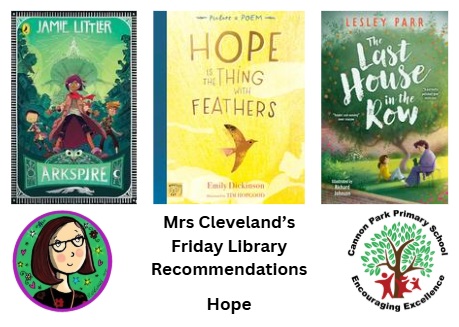
Wellbeing Wednesday: Inclusion and Belonging
Tips for wellness from our Mental Health In Schools Team

“There are no outsiders in our school” – Andrew Moffat
Inclusion and Belonging
Inclusion means making sure everyone feels welcome, accepted, and valued, no matter their differences. It’s about creating a space where everyone feels like they belong—whether it’s at school, at home, or with friends. Belonging means feeling like you are part of something and that you matter.
How to make others feel included:
- Be Friendly and Approachable: Smile and say hello to people to make them feel welcome.
- Invite Others to Join In: When you’re playing a game or starting a conversation, invite others to join in. This could stop them from feeling left out.
- Listen to Everyone: Take the time to listen to others, showing them that you care about what they say, even if their opinions are different from yours.
- Celebrate Differences: Embrace everyone’s differences and learn from them. It’s what makes us all unique!
- Use Positive Words: Use words that make others feel good, rather than teasing or making fun of them.
- Be Open-Minded: Try to see things from someone else’s point of view, to help build respect and connection.
Tips for feeling like you belong:
- Be Yourself – Don’t try to change who you are to fit in. You belong just as you are!
- Find Your Tribe – Surround yourself with people who support and accept you. Finding people
with similar interests to you can be a great place to start. - Take Care of Others – When you make others feel like they belong, you help create a sense of
belonging for yourself too
Please contact [email protected] for information and advice about mental health and well-being for your child and your family.
